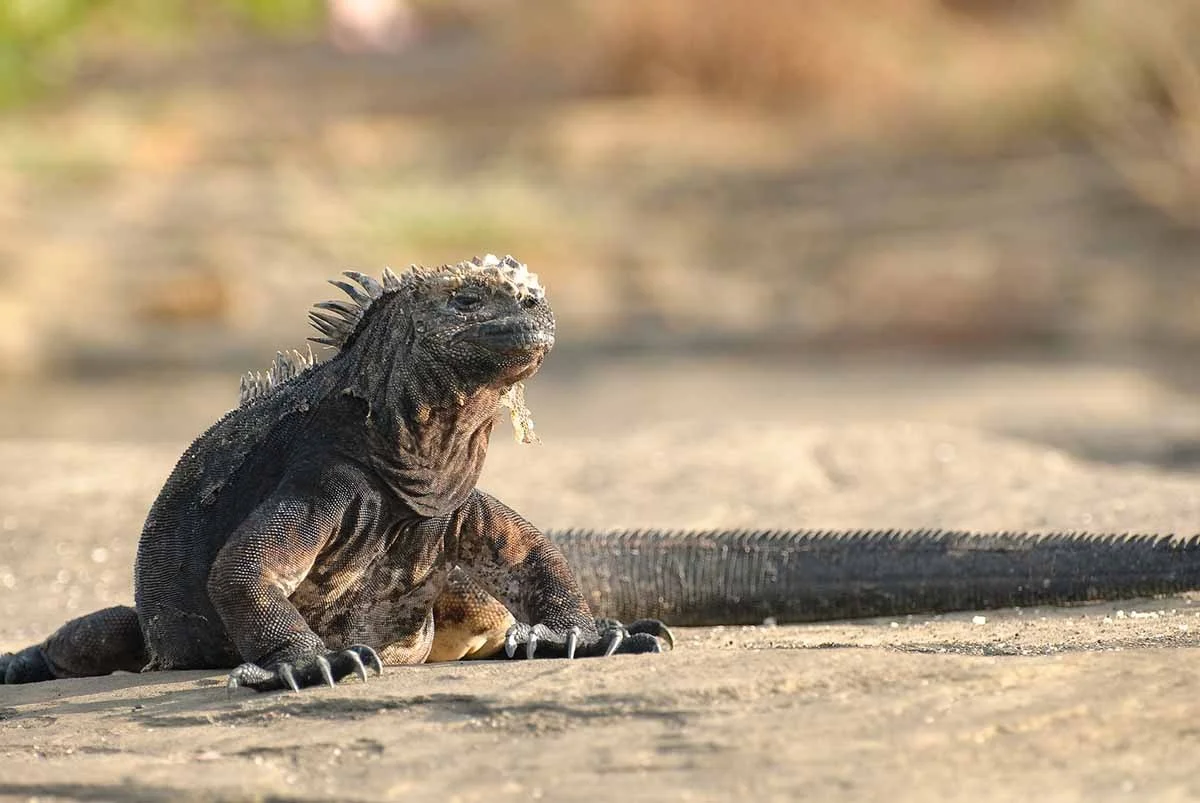Santiago Island - Galapagos
In the center of the Galapagos archipelago offers lava fields and wildlife
Santiago, also called James, or San Salvador Island is located in the west-central part of the Galapagos archipelago. It is the fourth largest island in the archipelago (following Isabela, Fernandina, and Santa Cruz). With the exception of some of the large western volcanos of Isabela and Fernandina, it is the also most volcanically active island, with many young flows and cones to be seen, particularly along the south, west, and east coasts. These may even be seen from the summit of Volcan Darwin and from space.
A number of historic eruptions have been reported over the last 2 centuries. Santiago actually consists of two coalesced volcanoes: a typical shield volcano on the northwest end and a low, linear fissure volcano on the southeast end. As is the case in many places in the Galapagos, life is abundant near the shore. Lava lizards are common on many parts of Santiago, as well as the other islands. Marine iguanas and the brilliant sally light-foot crabs are, of course, present, along with the more unusual Galapagos penguin, blue-footed boobies, and the lava heron. Vegetation in the interior of the island has unfortunately been decimated by feral goats, estimated to number as many as 50,000 or more. Goats have inhabited Santiago since at least 1813 when Caption Porter of the USS Essex allowed four of them to escape. The resulting loss of food sources threatens not only the native vegetation but the native animals such as the giant tortoise and land iguana as well.

